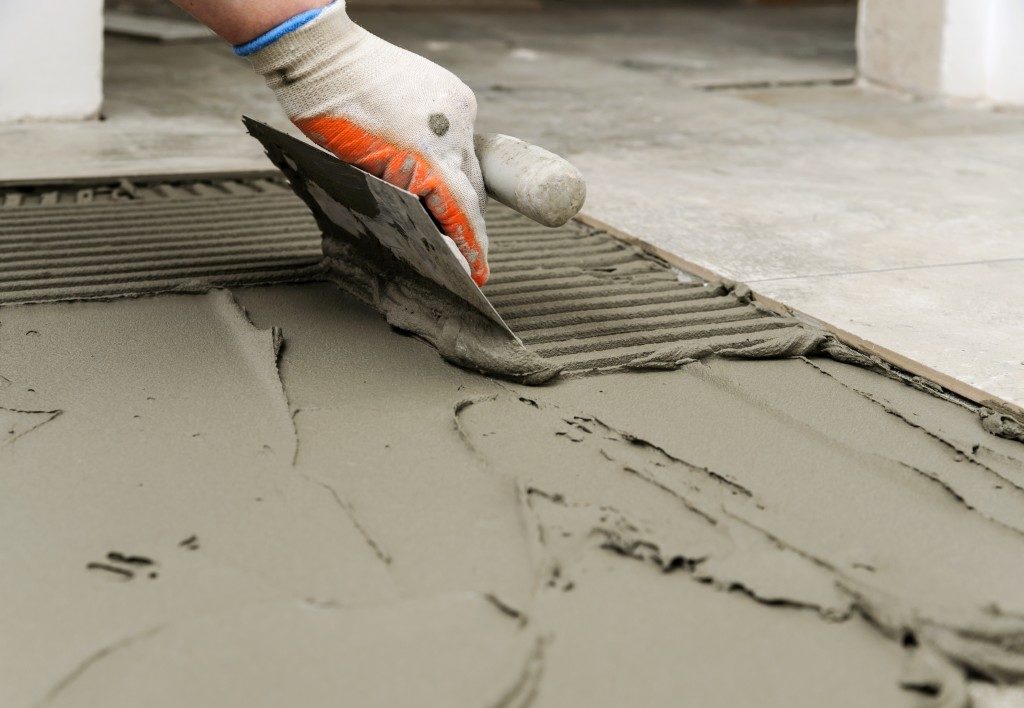There are different options these days for giving your floors, patio, walkways, and driveways the look of authentic stones, tiles, bricks, or pavers, minus the expense of laying or maintaining them. The inexpensive option lies in using concrete, then adding a decorative element using stamping or stenciling. Concrete stamping is done with the addition of a coloring agent after the setting of your concrete and the addition of intricate details. Then, it is finished with the sealing of the surface. This technique is generally used for outdoor surfaces. You can have this done when you need porch repair in Utah.
Stenciling for decorative concrete, on the other hand, involves the use of disposable paper for the creation of intricate patterns on your concrete surfaces. It is inexpensive and easy to work with. It can be used for large indoor and outdoor areas and works exceptionally for stable surfaces that need to support furniture.
Flemish Bond Stencil
This type is a conventional stencil pattern typically mixed with the basketweave pattern for buildings with English architectural elements. Flemish bond patterns are comprised of bricks that are laid in layers featuring stretchers and headers in each layer. The design will alternate in each layer with a stretcher. It’ll be below and above a brick and a header in its center. They are used for patios, walkways, and driveways.
Basketweave Stencil
This pattern is one of the oldest and is generally used on properties featuring English architecture. It resembles a checkerboard pattern made of brick pairs laid vertically and horizontally against each other. It generates an illusion of bricks that are weaving in and out. The regular brick size of basket weave stencils can accommodate the slight curves of most concrete surfaces.
Herringbone Stencil
This pattern features multiple sharp angles that are energetic and well-defined. These can be engaging for your visitors as they walk to your entrance. The bricks that make up this design are laid in angles of 90 and 45 degrees, in zigzag patterns. The herringbone pattern can be used for your driveways and walkways.

Running Bond Stencil
This type is the typical stencil pattern used for residential landscapes. The brick patterns, in this case, will be laid in horizontal rows that are not as perfectly aligned with their alternating row. The running bond stencil pattern will accommodate slight curves and are excellent for patios and pathways. There are multiple variations for running bond patterns, making it one of the most easily personalized designs.
Stack Bond Stencil
This design is the ideal choice for those looking for a simple concrete stencil pattern. The bricks, in this case, will be placed side by side and in perfect alignment with each other. If you are looking for an interesting pattern for your stencil bond pattern, you can opt for bricks installed at 45-degree angles.
The above stencils generate lasting and beautiful brick imitation designs on your concrete. They suffice for health clubs, homes, businesses, swimming pools, sports facilities, and any place where safety, aesthetics, and resurfacing are leading concerns. Concrete stencils come in sizes of 7.5 inches by 3.5 inches and are typically engineered to overlap so that they form a continuous pattern.


